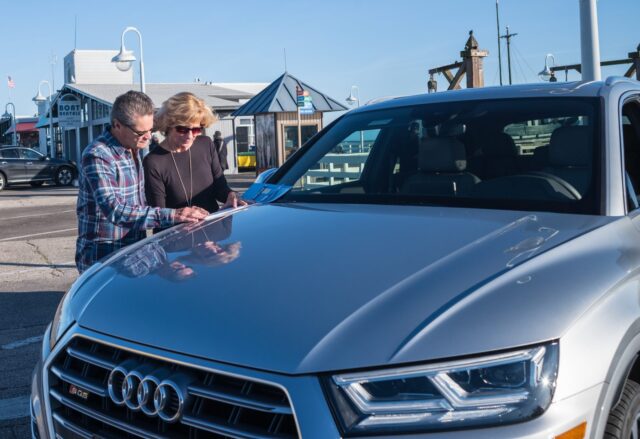Selling a used car is not an easy task, but most of us have to do it at least once in our lifetime, especially if we’re low on money or planning to buy a new one soon. There are numerous ways to do this of course, but since selling an entire vehicle is not a small thing to do, most people are eager to find out what the most efficient way of doing this is.
Some choose to sell by using websites and applications, while others decide that it’s better to find their customers through a different method, usually word-by-mouth advertising, and present the car in person, hoping to sell it.
We cannot really say that one way is superior compared to the other, but we have quite a lot of tips and tricks that can drastically improve the way you view all this. It’s important not to neglect the significance of technology and the internet when it comes to selling your car, because these are some of the things that can help you sell lightning-fast, unlike it was a few decades ago. Eager to learn more? Now is the right time to stick with us and find out the secrets of the trade. Let’s take a look.
1. Thoroughly research your model

You’re probably already familiar with the type of car you’re driving, especially if you are a car fanatic and you know a lot about these things, but some people simply aren’t that much into it. Those who drive a car just for the sake of doing so can often make the mistake of selling their vehicle a bit cheaper than it can actually be sold for.
So, as a first tip, we recommend doing thorough research on your car model and learning about all the pros and cons of it as in-detail as possible. This will help you know clearly what the strong and weak sides of the car are, allowing you to create flexible and “well-pointed” listings. It also helps a lot if you can compare the prices of your model to see the average price for it on the entire market. Maybe you have no idea that your car suddenly is sold for a lot more money because in the past few years it presented itself as a model that’s very reliable or something similar.
2. Speak to the dealership

Now that you know more information about your vehicle, it’s time to contact the dealership and check whether they are looking for your car model or not. Chances always are that they’ll accept almost anything you offer to them, but there are some rare scenarios where they’ll tell you that they don’t need more car models of the type you have to offer. It usually happens with cars that are often sold very frequently as used, whether because people are not really satisfied with them or they’re just way too common in that particular area. But, even if you are selling a rarer vehicle, if it’s not in a good shape, chances are that it might get rejected by the dealership. Once again, this is something that doesn’t happen too often, but we’re just trying to say that there’s a small chance of it happening so you shouldn’t be sure 100% that you’ll sell the car to them, and for a good price as well.
3. Ask for a price offer

To determine whether it’s worth it to sell your vehicle to a particular dealership or not, you need to know whether the price they offer for it is good or not. So, obviously, the best way to know this is by getting in touch with them and asking for a price. Surely, they’ll first want to see in what shape the vehicle is, so you’ll most likely need to take it there. Carsellzone.com is a website where you can see an example of how car dealerships operate, what type of offers they do, and some other basic things as well if you’re interested in doing something like this in the near future. Selling to a dealership is sometimes a lot easier than selling to a regular individual customer.
4. Fix some imperfections before the observation

What’s the best way to leave a good impression about your car to a customer or a dealership? To present it in the best light possible by fixing all the imperfections you know of. This includes scratches and other things such as dents or errors in the paint-job if it’s a custom one. But, you shouldn’t invest way too much in it because you’re selling it after all.
Try to focus on the cheaper fixes because you can correct them all for let’s say $200, and if they’re not corrected you’ll lose about $500-600 in price when the dealership inspection views the vehicle.
5. Try different dealerships in your local area

Last but not least, you should always have more options both when you’re buying and selling something. It’s important to have different offers for your product and choose the one that suits you the best in your current situation. You never know if one dealership will offer more money than another one, so it’s worth looking into it if you can. Some people however don’t really have that many options in their smaller cities. But, if you live in a larger one and you do have the option to do this, we suggest that you don’t disregard it because you may find a dealership that can pay 20-30% more for your car than all the others you’ve previously checked.
Conclusion
Selling your car can be either a fun and well-worth it process, or a frustrating experience that you won’t want to repeat in the near future. It all depends on you however, because in order to make it a positive experience, you’ll have to follow some of the things we wrote above. We hope that our guide was useful and we wish you the best of luck with your sales in the future.







